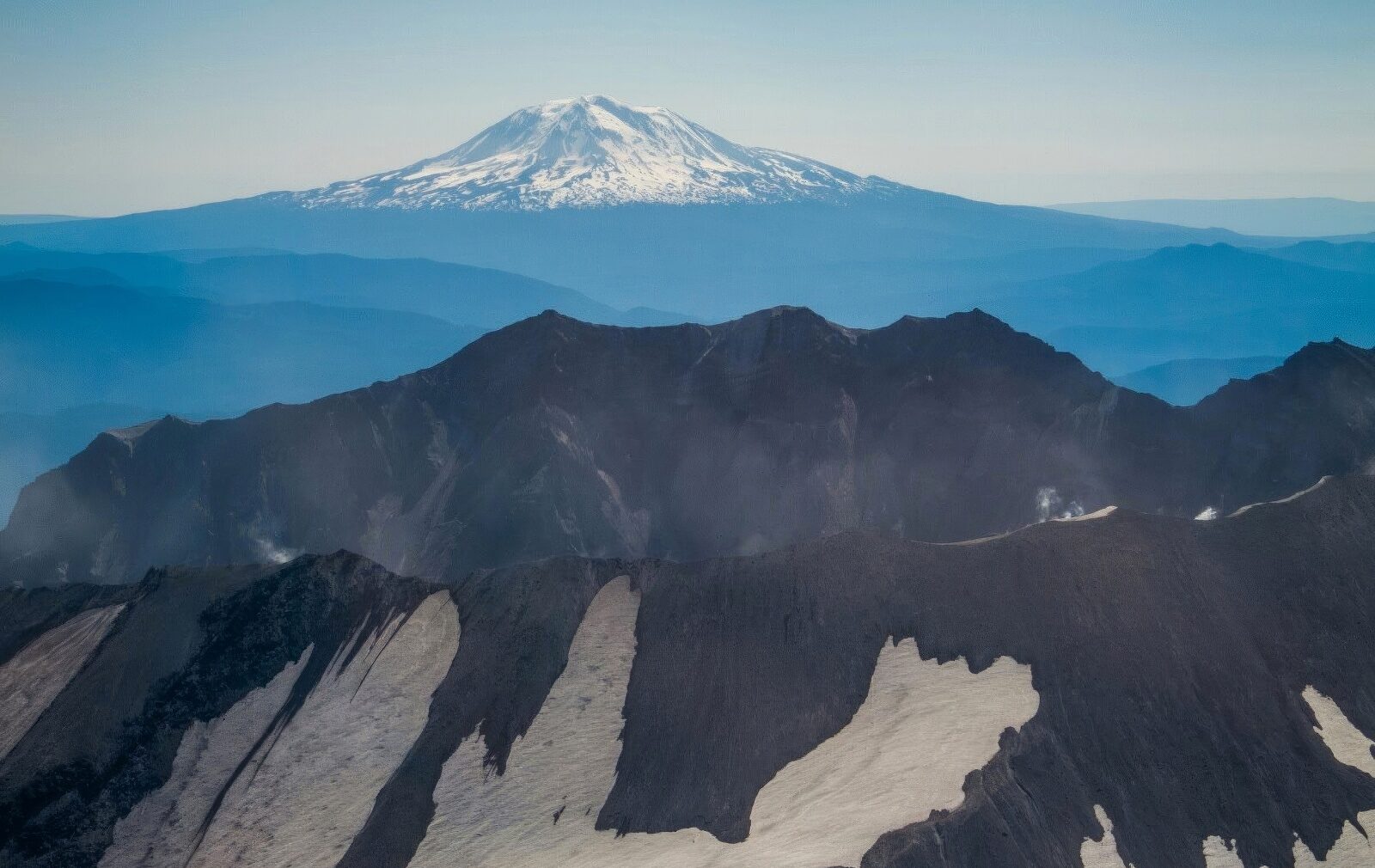Mount Adams, one of the largest volcanoes in the Cascade Range of the Pacific Northwest, has historically been considered a quiet volcano. However, in September 2024, Mount Adams, known by some Native American tribes as Pahto or Klickitat, experienced a series of six low-intensity earthquakes. These quakes, ranging in magnitude from 0.9 to 2.0, are notable because Mount Adams typically shows very little seismic activity compared to nearby volcanoes like Mount St. Helens or Mount Rainier (which normally experience between 10 and 20 monthly earthquakes). While the tremors have raised awareness, the U.S. Geological Survey (USGS) and the Cascades Volcano Observatory (CVO) emphasize that there is no indication of an imminent eruption at this time [5].
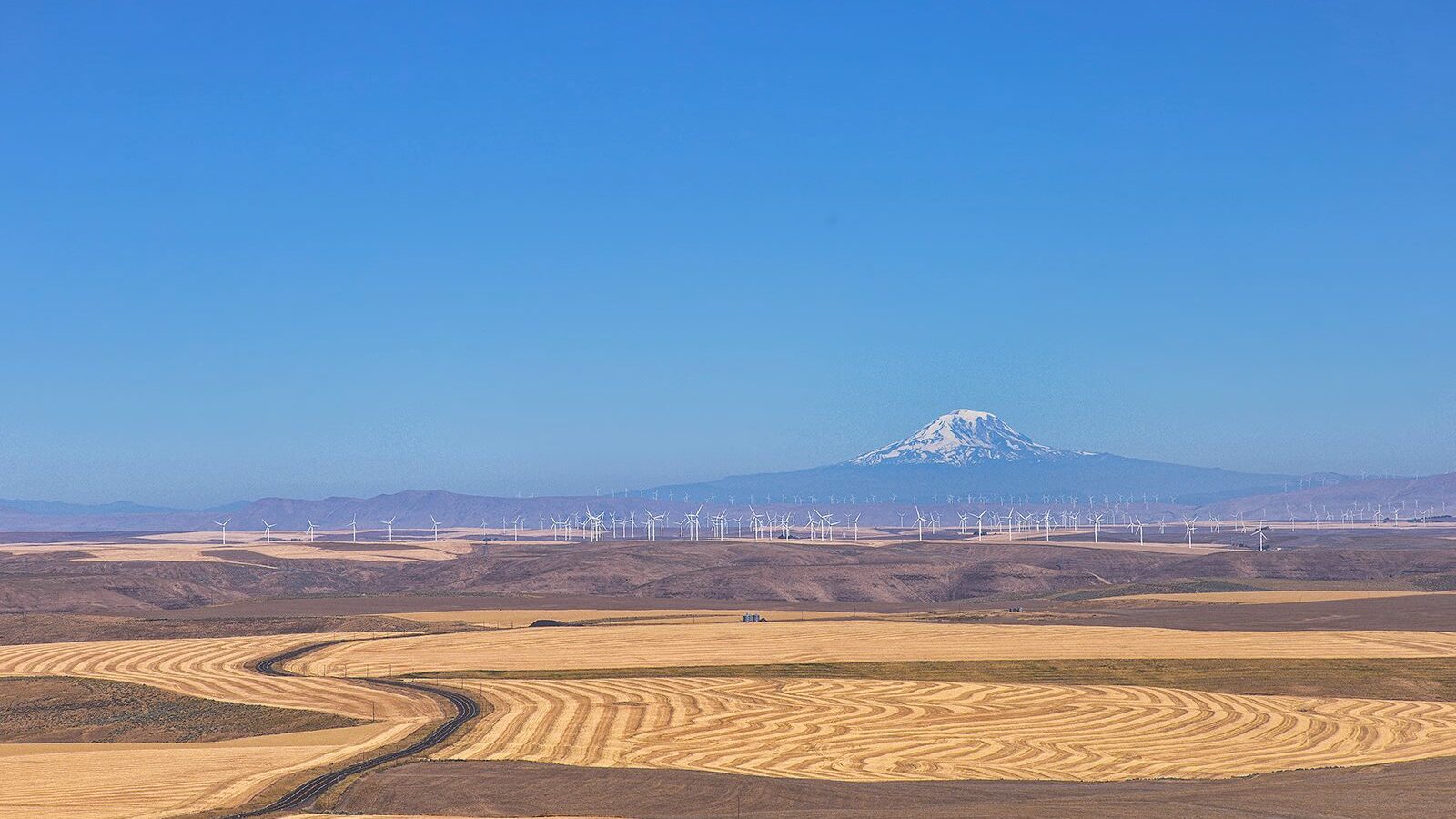
Keeping a Closer Eye on Mount Adams
In a recent interview with OPB, USGS Scientist Jon Major told reporter Courtney Sherwood that new seismic monitoring stations were being put in place around the mountain. According to Major, "One of our challenges is that there’s only one seismic station within about seven miles of the volcano. So it makes it really difficult to get very accurate locations and depths. In response to that, we are putting out some seismic stations to be able to gather some more data and try to get better constraints on location, size, and depth of these earthquakes."
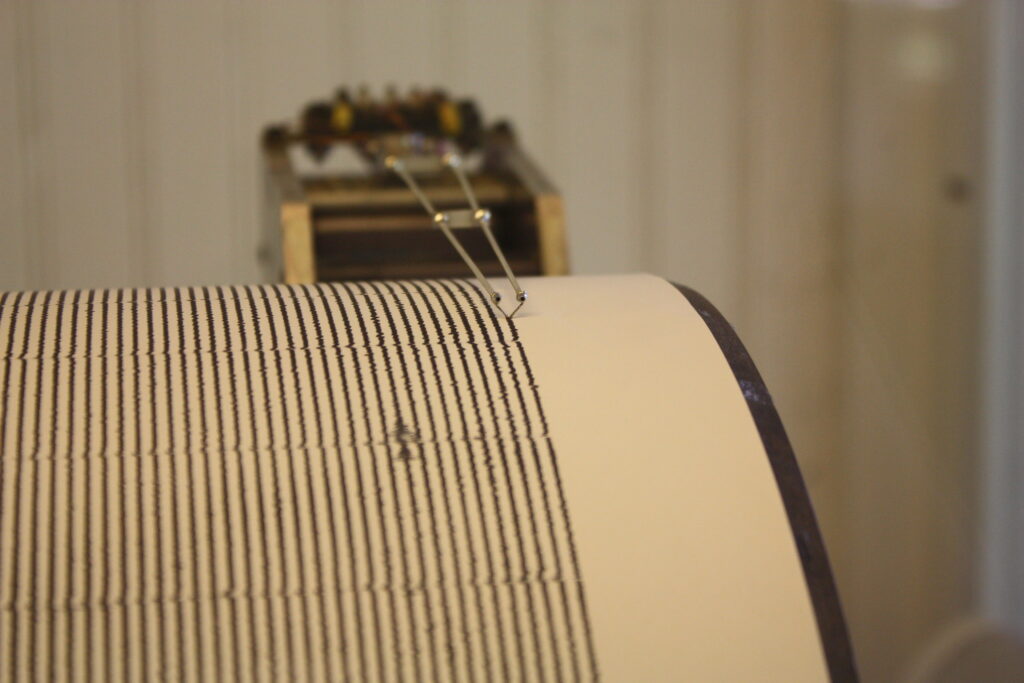
In the same interview, Major also dispelled any rumors that increased activity on Mount Adams was the cause of the odd sulfuric smells reported by hundreds of residents of western Oregon and Washington last week.
"Over at Mount Adams, right now, there’s no kind of fumarole vent where gasses would obviously be emitted...in order for that strong an odor to be coming from Mount Adams, you’d really have to be putting out quite a bit of gas emission."
Mount Adams’ Historic Volcanic Activity
Unlike its more explosive neighbors, Mount Adams is characterized by relatively peaceful eruptions, primarily consisting of lava flows rather than ash eruptions. The volcano has seen no significant eruptive activity in recent history, with its last major volcanic activity occurring thousands of years ago. The largest eruptions from Mount Adams likely occurred around 10,000 years ago, with basaltic lava flows dominating the landscape. These flows created much of the volcano’s modern profile, which includes extensive lava fields surrounding the peak.
Do you love Oregon?
Sign up for monthly emails full of local travel inspiration and fun trip ideas. In each newsletter we'll share upcoming events, new things to do, hot dining spots and great travel ideas.
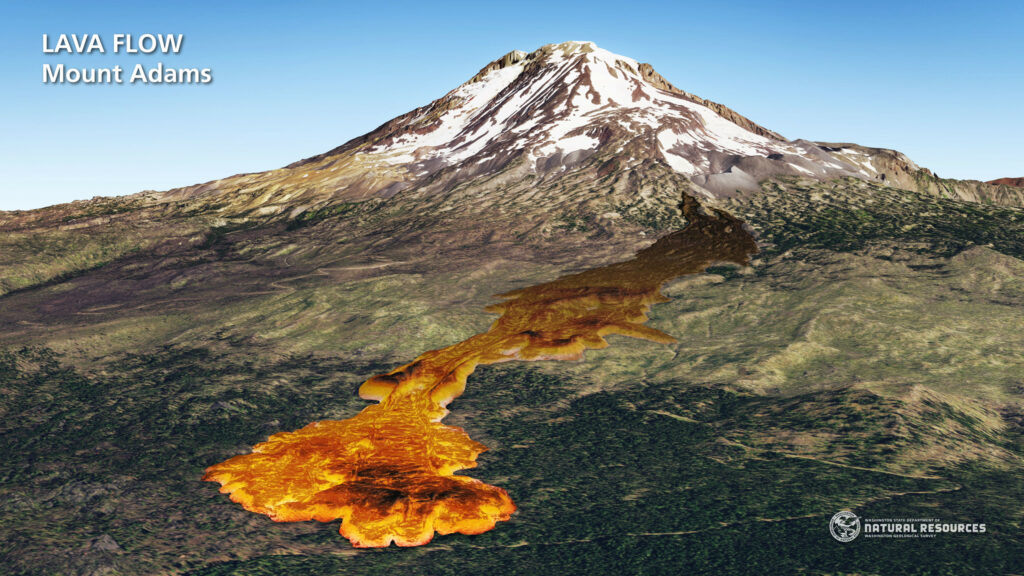
Image by Daniel E. Coe, Washington Geological Survey, Washington DNR
One of the key hazards of Mount Adams, should it become active again, is the risk of lahars—mudflows or debris flows that can occur if volcanic material mixes with water from the mountain’s glaciers. While lava flows themselves are typically slow-moving, lahars can be incredibly destructive and fast, traveling down river valleys and threatening nearby communities. Due to its massive glacier coverage, Mount Adams could generate significant lahars even without a full eruption.
Mount Adams’ Location in the Pacific Northwest
Mount Adams is located in southern Washington, about 70 miles north of Portland, Oregon. It is part of the Cascade Range, which stretches from British Columbia in Canada through Washington, Oregon, and into Northern California. The range is home to several active and dormant volcanoes, including Mount St. Helens, Mount Rainier, Mount Hood, and others. Geologically, Mount Adams is situated between Mount St. Helens to the west and Mount Hood to the south. Despite its large size—standing at 12,276 feet—it is one of the least studied and least active volcanoes in the region [5].
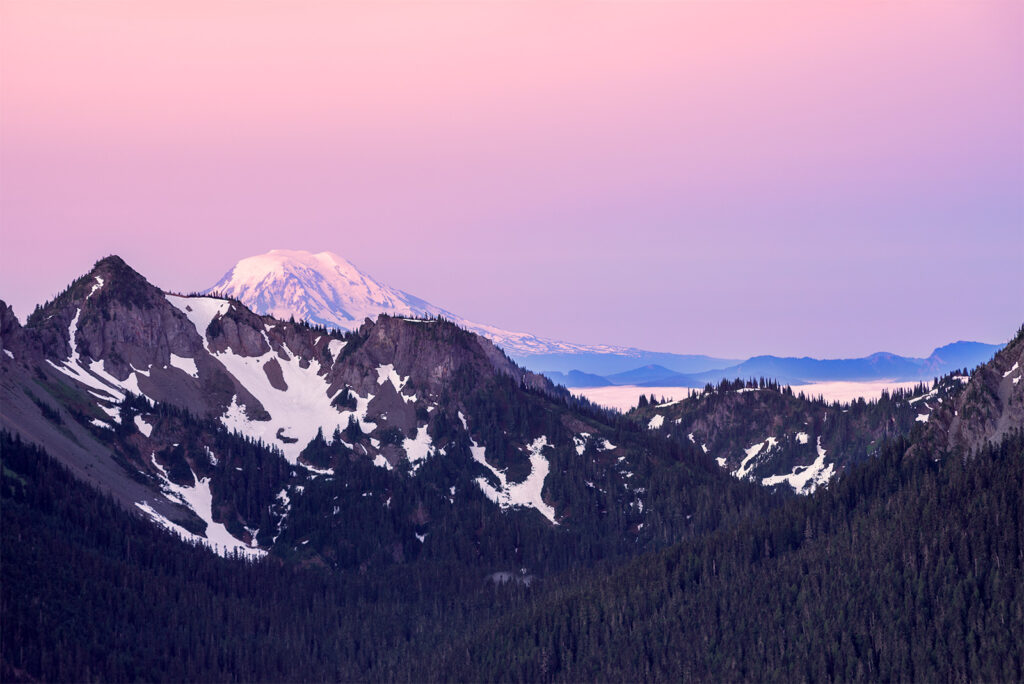
Cascade Range Volcanoes: A History of Eruptions
The Cascade Range has a rich history of volcanic eruptions, with Mount St. Helens being the most active volcano in the region. The 1980 eruption of Mount St. Helens remains one of the most catastrophic volcanic events in U.S. history. The eruption caused the collapse of the volcano's north flank and produced a massive ash cloud that spread across several states. Before 1980, Mount St. Helens erupted multiple times over the past 500 years [6].
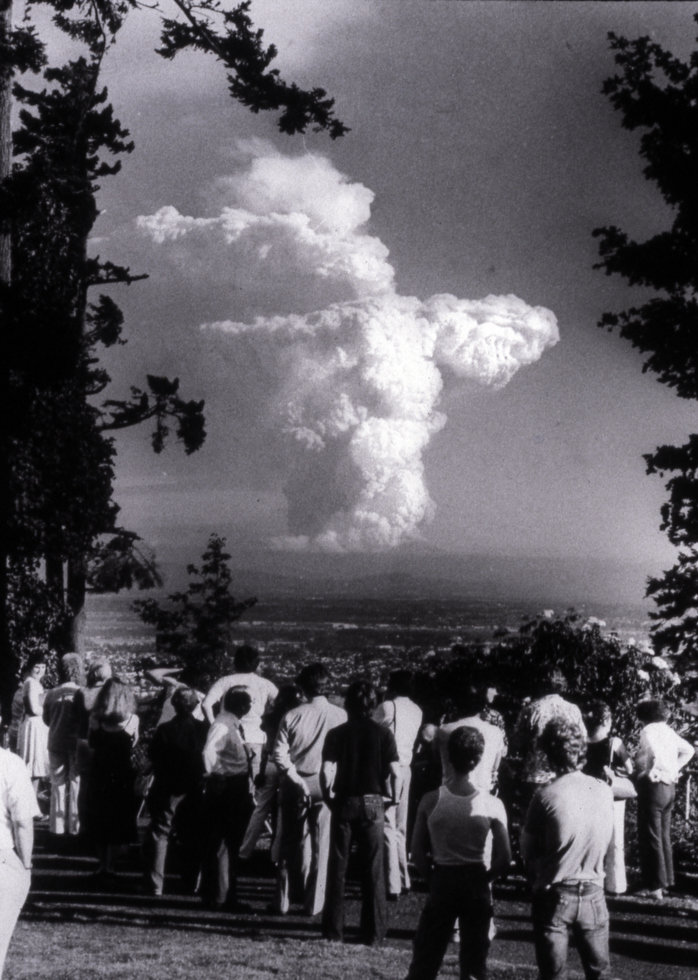
Mount Hood, another prominent volcano in the Cascade Range, has had its share of eruptions, though none as recent or as devastating as Mount St. Helens. Mount Hood’s last significant eruptive phase occurred in the 1780s when a series of lava dome-building eruptions created large debris flows and lahars that traveled down the mountain’s slopes into the Columbia River. While Mount Hood is still considered an active volcano, its activity has been limited to occasional small earthquakes and gas emissions [4].
Why Closely Watch These Volcanoes?
Volcanoes in the Cascade Range, including Mount Adams, are closely monitored because of the potential hazards they pose to nearby populations. The Pacific Northwest is home to millions of people, and the volcanoes' proximity to major cities like Portland, Seattle, and Vancouver makes monitoring essential. While Mount Adams has been dormant for a long time, its position in the seismically active Cascade Range means that it could still pose risks in the future. The recent earthquake activity, although not alarming, serves as a reminder of the region's geological volatility and the need for ongoing surveillance [2].
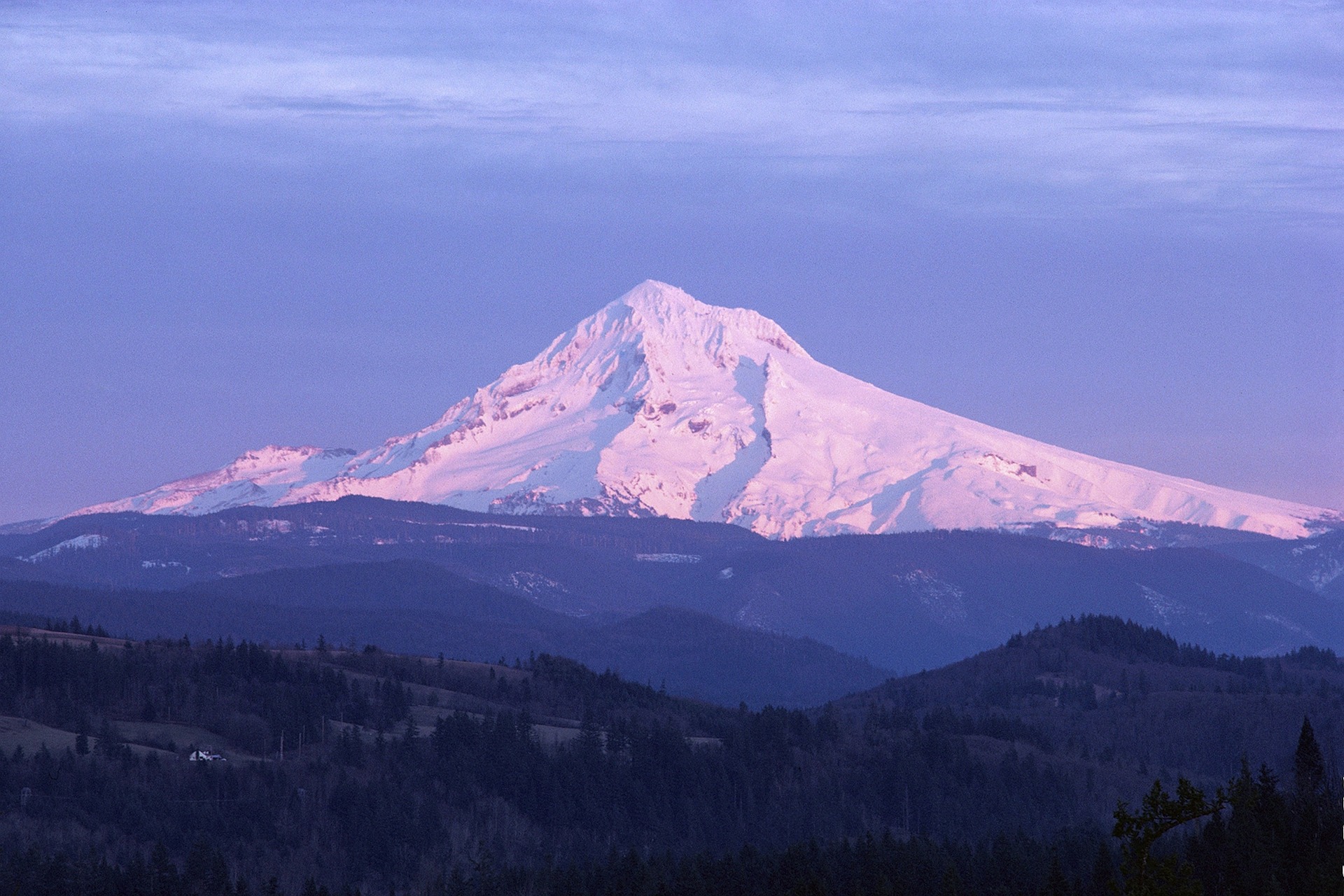
So What's Really Going On With Mount Adams?
The seismic activity detected at Mount Adams in 2024 is a rare occurrence for this typically quiet volcano. While there is no evidence to suggest an eruption is on the horizon, the earthquake swarms serve as a reminder of the dynamic nature of the Pacific Northwest’s volcanic landscape. With the region’s history of explosive volcanic eruptions—particularly from Mount St. Helens and Mount Hood—Mount Adams remains under careful observation by the USGS and CVO. Although this volcano’s past eruptions have primarily consisted of lava flows rather than explosive activity, the potential for lahars or future seismic events keeps it on the radar of volcanologists.
Sources
- volcanoes.usgs.gov - Cascade Range Volcanoes: Historical Timeline
- usgs.gov - Why Study Cascade Volcanoes?
- reddit.com - 4 volcanoes all in a row: Mt. Hood, Mt. Adams, Mt. St Helens & Mt. Rainier
- en.wikipedia.org - Cascade Volcanoes
- opb.org - Washington's Mount Adams is seeing unusual earthquake activity
- pnsn.org - Mount St. Helens

